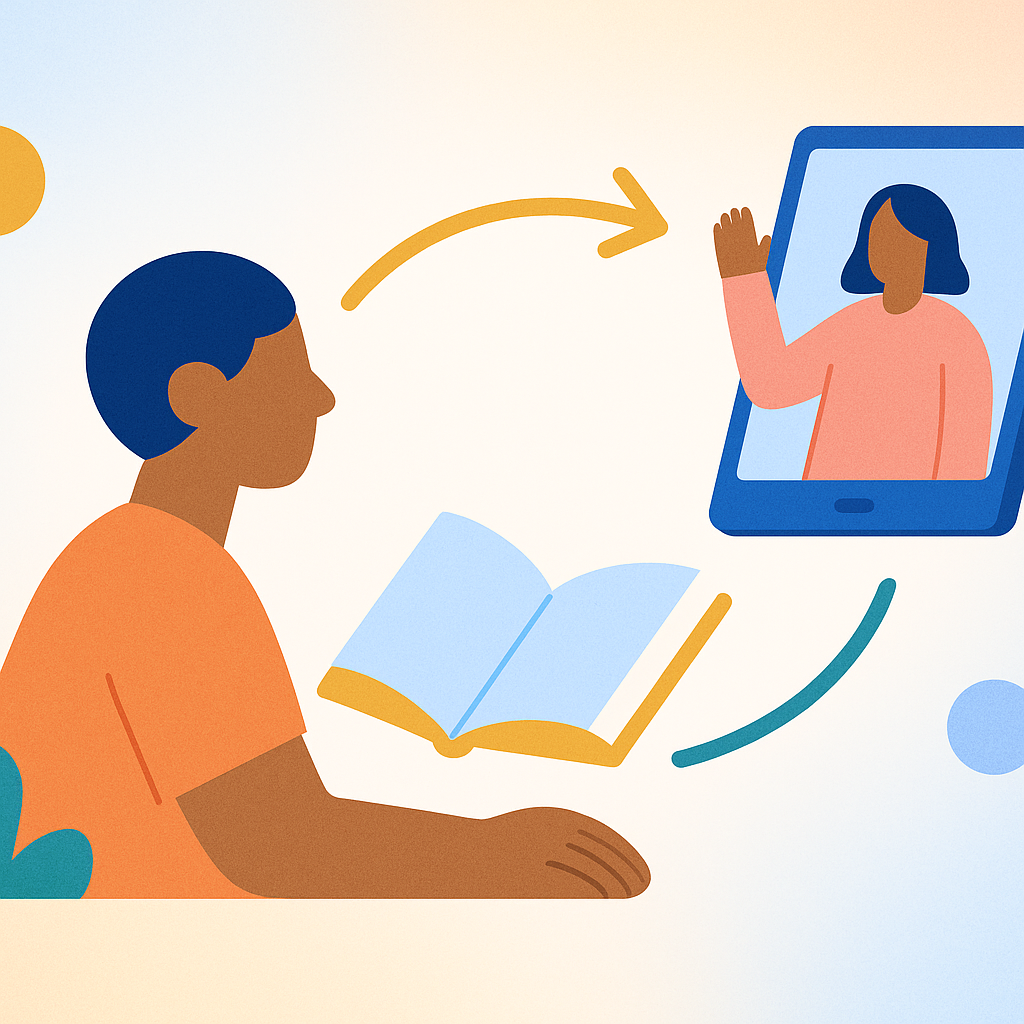


Alternative Learning Methods, also known as adaptive learning techniques or personalized instruction, are tailored educational approaches designed to accommodate diverse learning needs. These methods provide flexible ways to absorb, process, and retain information, making learning accessible for individuals with cognitive, sensory, or attention-related challenges. By incorporating tools such as audio materials, visual aids, interactive software, or hands-on activities, alternative learning supports varied learning styles and promotes better engagement. This accommodation helps bridge gaps caused by traditional teaching methods, allowing learners to thrive in academic or workplace training environments. It plays a crucial role in fostering inclusivity and equal opportunity for success.
Begin by assessing the learner’s unique needs and preferred learning style. Select appropriate tools such as audio recordings, visual aids, or interactive modules that align with these preferences. Integrate these methods consistently within training or educational sessions, allowing flexibility in pacing and delivery. Regularly review progress and adjust techniques to maximize understanding and retention. Maintain open communication between instructors and learners to address challenges and adapt resources as needed for ongoing success.
Disclo streamlines requests, documentation, and tracking for Alternative Learning Methods, so HR teams and employees spend less time on paperwork and more time working productively.
